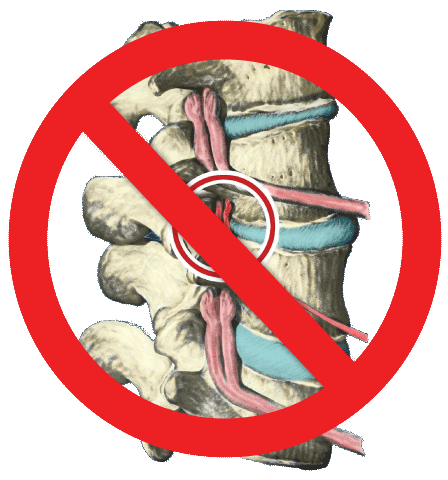Understanding Subluxation

First, the simple explanation.
Subluxation In simplest terms, a subluxation (a.k.a. Vertebral Subluxation) is when one or more of the bones of your spine (vertebrae) move out of position and create pressure on, or irritate spinal nerves. Spinal nerves are the nerves that come out from between each of the bones in your spine. This pressure or irritation on the nerves then causes those nerves to malfunction and interfere with the signals traveling over those nerves. How does this affect you? Your nervous system controls and coordinates all the functions of your body. If you interfere with the signals traveling over nerves, parts of your body will not get the proper nerve messages and will not be able to function at 100% of their innate abilities. In other words, some part of your body will not be working properly.
Now, the detailed explanation.
Subluxations are really a combination of changes going on at the same time. These changes occur both in your spine and throughout your body. For this reason subluxations are often referred to as as the "Vertebral Subluxation Complex", or "VSC" for short. In the VSC, various things are happening inside your body simultaneously. These various changes, known as "components," are all part of the vertebral subluxation complex.
There are five categories of components present in the VSC. These five are:
The Osseous Component (bone) is where the vertebrae are either out of position, not moving properly, or are undergoing physical changes such as degeneration. This component is sometimes known as kinesiopathology.
The Nerve Component is the malfunctioning of the nerve. Research has shown that only a small amount of pressure on spinal nerves can have a profound impact on the function of the nerves. This component is scientifically known as neuropathology.
The Muscle Component is also involved. Since the muscles help hold the vertebrae in place, and since nerves control the muscles themselves, muscles are an integral part of any VSC. In fact, muscles both affect, and are affected by the VSC. This component is known as myopathology
The Soft Tissue Component is when you have misaligned vertebrae and pressure on nerves resulting in changes in the surrounding soft tissues. This means the tendons, ligaments, blood supply, and other tissues undergo changes. These changes can occur at the point of the VSC or far away at some end point of the affected nerves. This component is also known as histopathology.
The Chemical Component is when all these components of the VSC are acting on your body, and therefore causing some degree of chemical changes. These chemical changes can be slight or massive depending on what parts of your body are affected by your subluxations. This component is often known as biochemical abnormalities.